Glassmaker: Michael Ruh
In his south-east London studio, Michael Ruh produces hand-blown vessels, lighting and tableware, all inspired by the colour and texture of the natural world.

Meet Michael Ruh
Taking inspiration from his global travels, London-based American Michael Ruh has been producing glassware for more than two decades. His beautiful hand-blown vases, jugs, vessels and pendant lights can now be found at retailers such as Selfridges, The New Craftsmen, Contemporary Applied Arts and The Conran Shop.
See our Movers & Shakers section for more makers
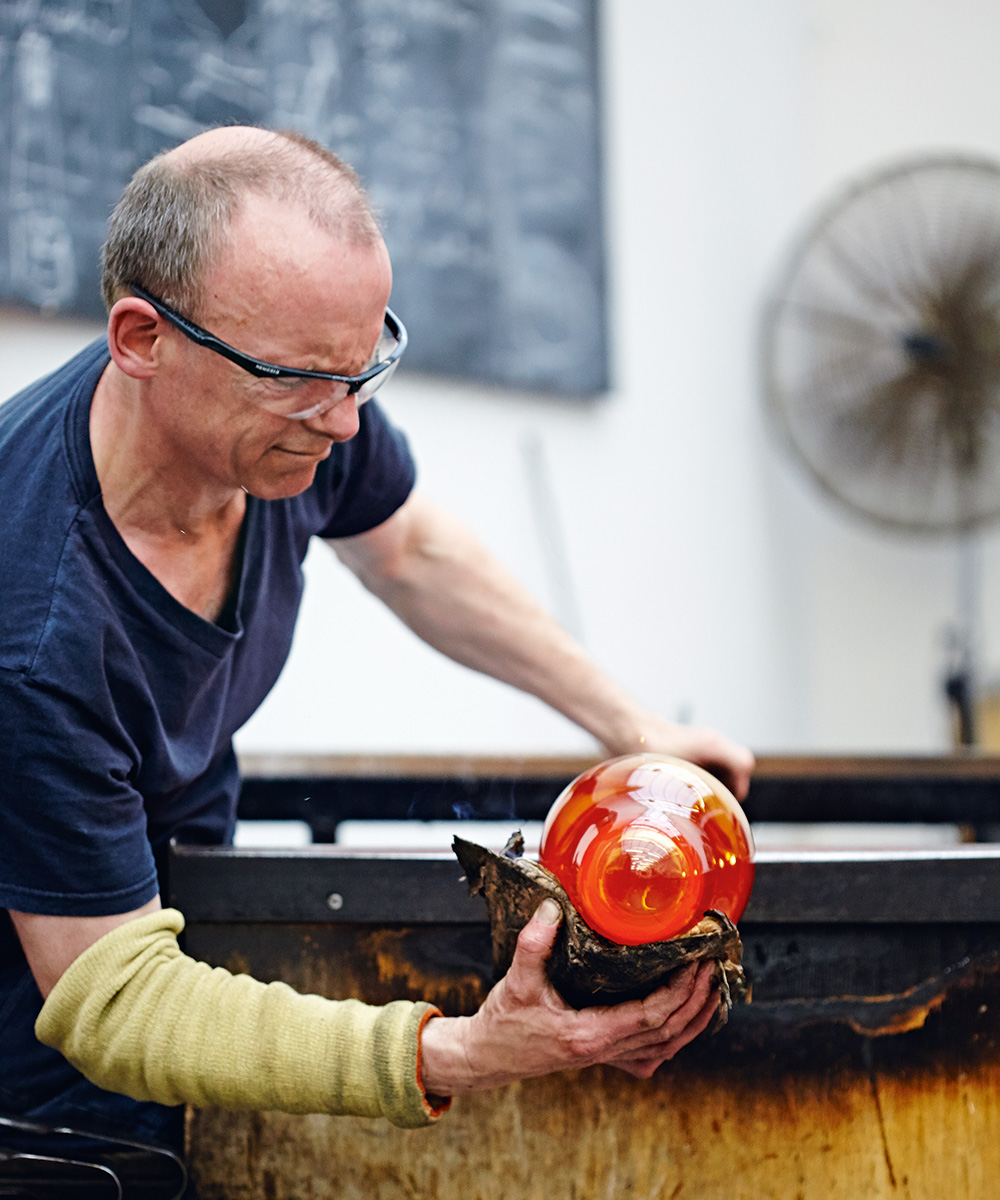
I grew up in Minnesota, Kansas and Colorado. At school, I was known for daydreaming so I wasn't allowed to sit near the window, but looking outside was, and is, an aid to my creative thinking. Although I wasn't good at maths, I understood drawing, colour and shape.
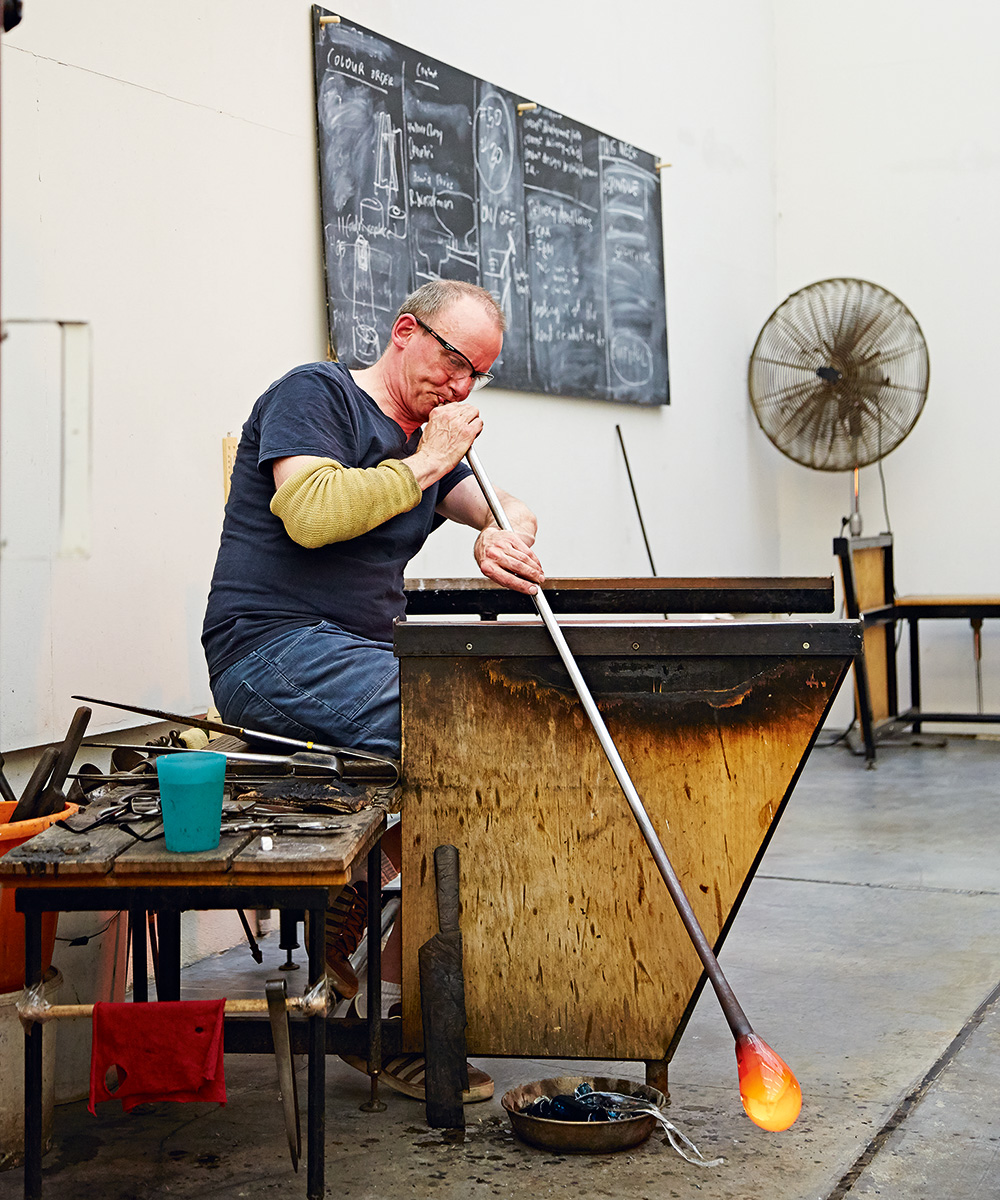
I went to Drake University to study fine art, but didn't complete the course. Later, I was living in Belgium and I decided to attend the open day of a local applied arts school. There, I made my first attempt at glass-blowing - I gathered a bit of glass, blew really hard and managed to make a blob the size of a golf ball. After that I was hooked and enrolled on a course.
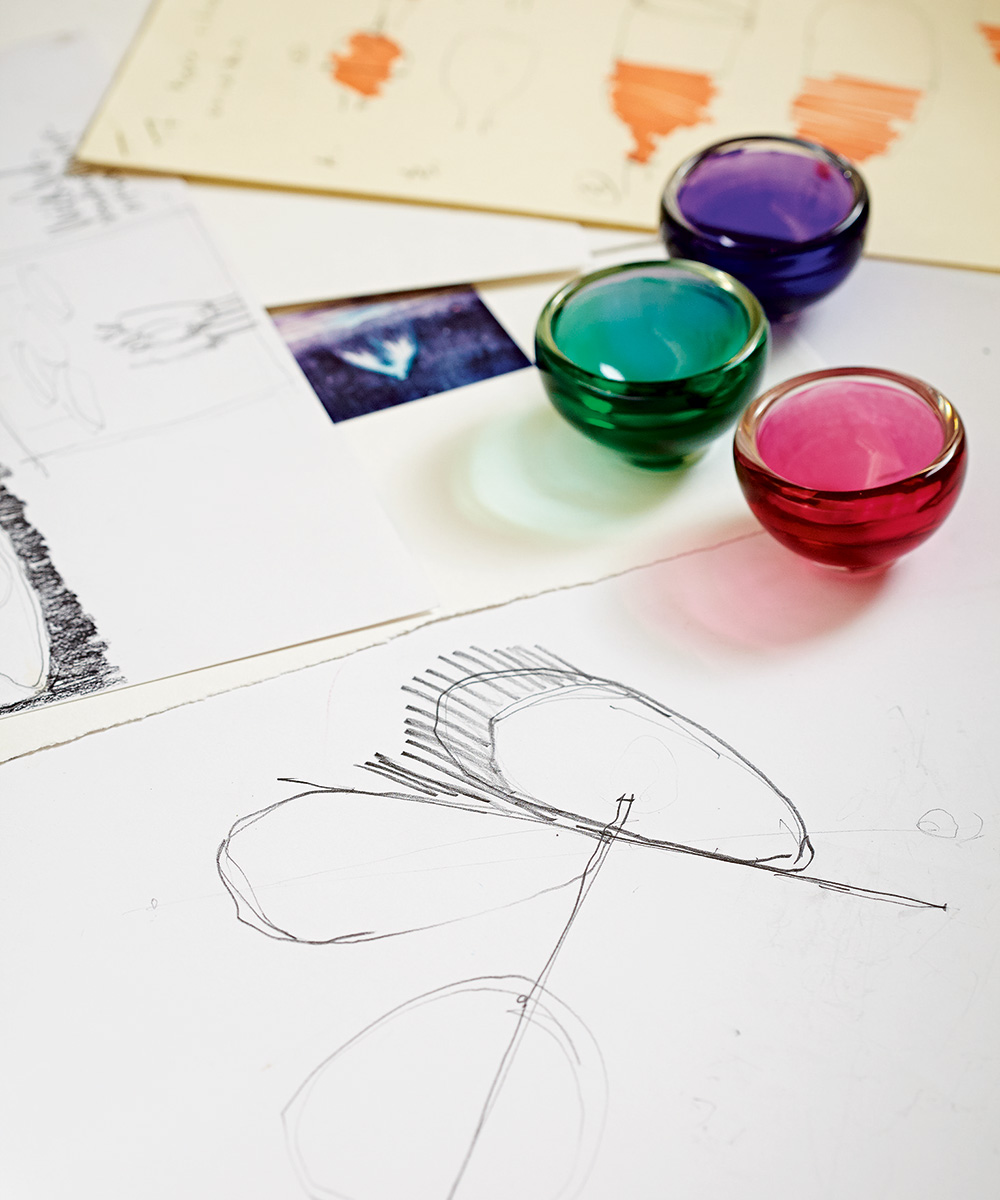
Kansas, and the rest of the American Midwest, is underrated for its natural beauty and wonderful sunsets. Before I studied glass-blowing, I spent time in Germany, Spain and Morocco. Throughout that time, my eyes were like sponges, soaking up the colour and texture of the landscape.
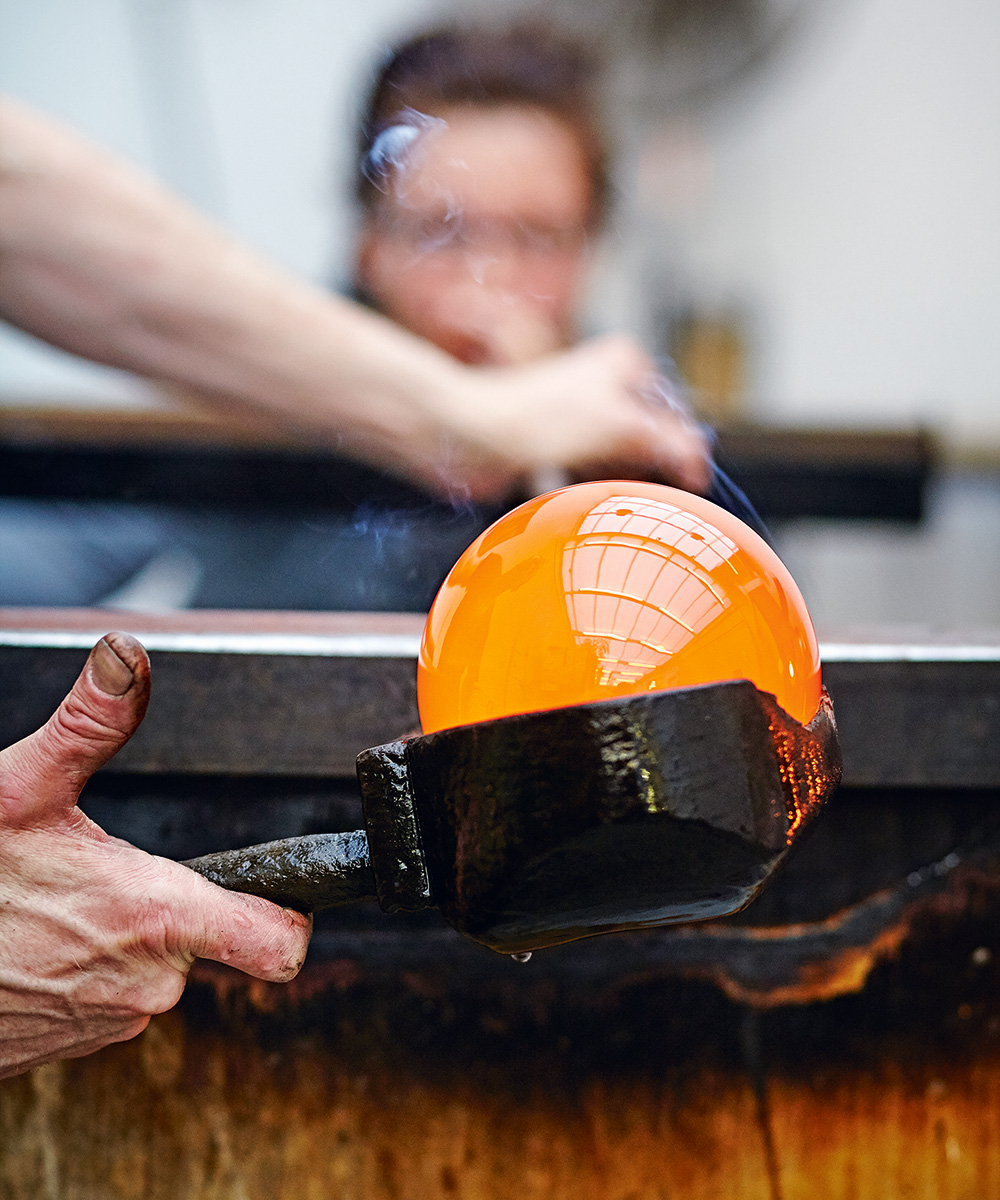
I collaborate with Natascha Wahl.I met German-born Natascha at a workshop I attended in Belgium and we instantly clicked, plus I enjoyed her 3D glass design work. Natascha enables our creative output. I often have my head in the clouds, so she makes sure the bills get paid. We speak in the language of our vocation, namely glass, shape and form, and enjoy doing something we love together.
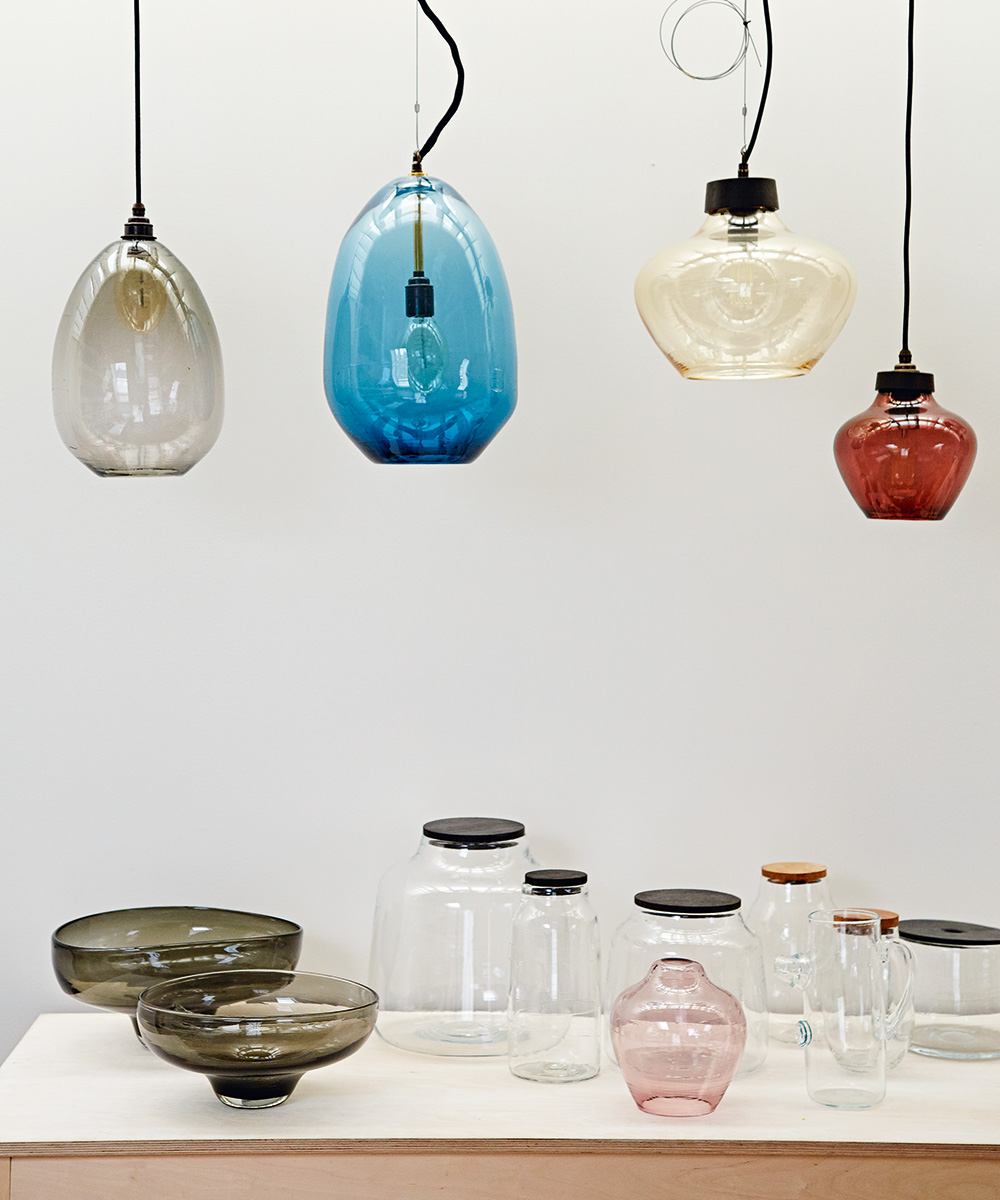
I get my inspiration from silence, colour, treeless winter landscapes and arid plains. I also like harsh illumination, such as neon light in parking garages. Sometimes I'm drawn to wood or crumpled paper and imagine making utilitarian pieces in glass that evoke the textures of these materials. When Natascha and I set up our studio in 2004, we travelled around America, enjoying the plains ofN ew Mexico and dodging tornadoes in Indiana. It was a magical time and we were inspired by the colour, vastness and chronology of our travels.
Sign up to the Homes & Gardens newsletter
Design expertise in your inbox – from inspiring decorating ideas and beautiful celebrity homes to practical gardening advice and shopping round-ups.

We've lived in West Dulwich for nearly 20 years in between extended travels. At first, we rented studio time in and around London, or spent a few months in upstate New York, making work for our shows in the US. Slowly, but steadily, we built our practice and our clientele, renting a space in 2004 before buying a mews studio in Tulse Hill in 2013. Now we can walk or cycle to work.
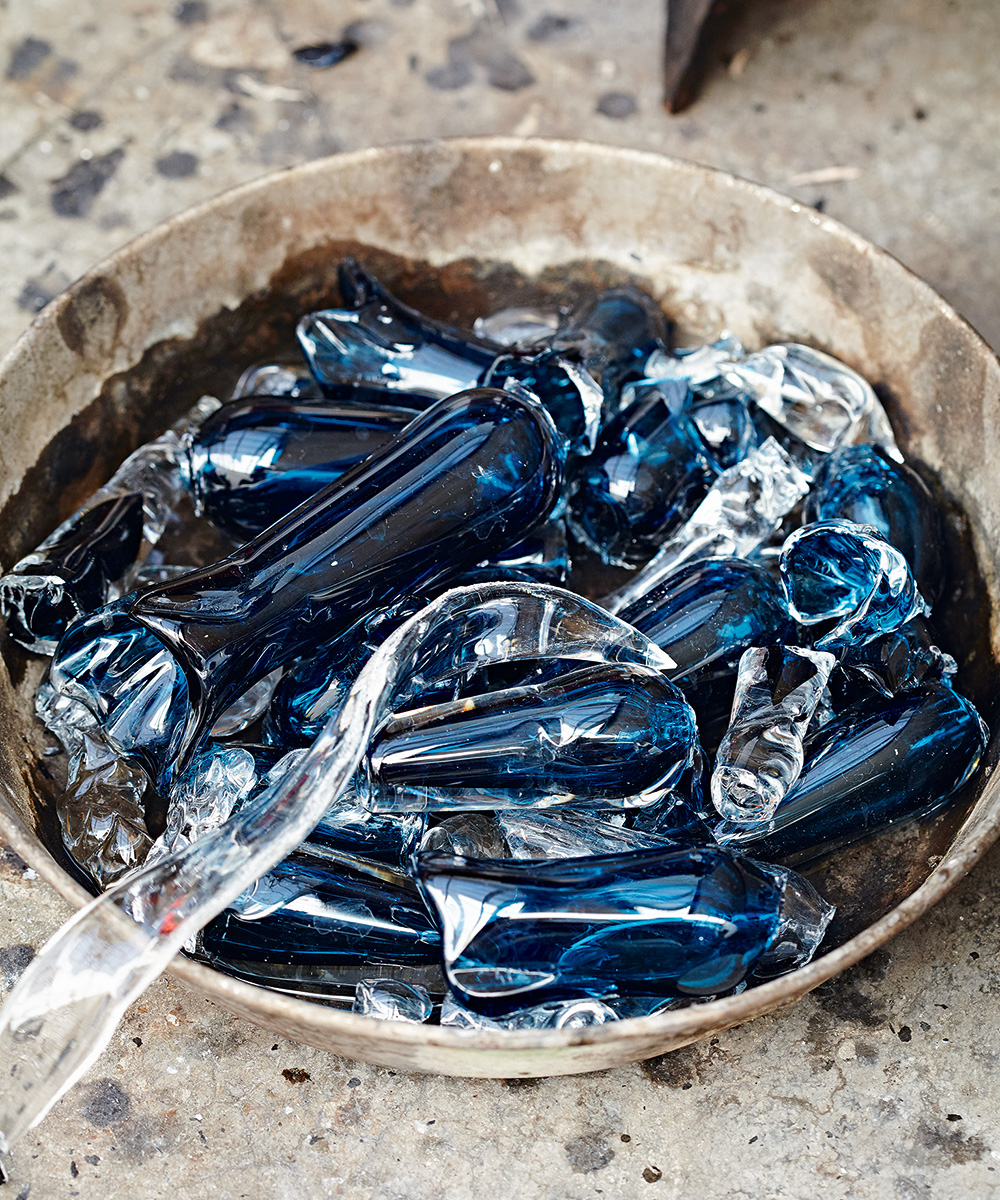
My typical day varies so much. In the summer, I arrive at the studio by 6am so that I can get underway before it gets too hot, as temperatures can reach up to 43 degrees once the furnace is on. Together with my assistant, Adriana, I prepare the colours we'll be using, turn on the ventilation fans and the annealing oven and start the heating drum. We'll often begin by making small pieces, such as drinking glasses, to warm up. Then we move on to coloured or larger pieces. Natascha arrives after taking our daughter to school. After lunch, I continue working, grinding, cutting and polishing pieces, or packing work.
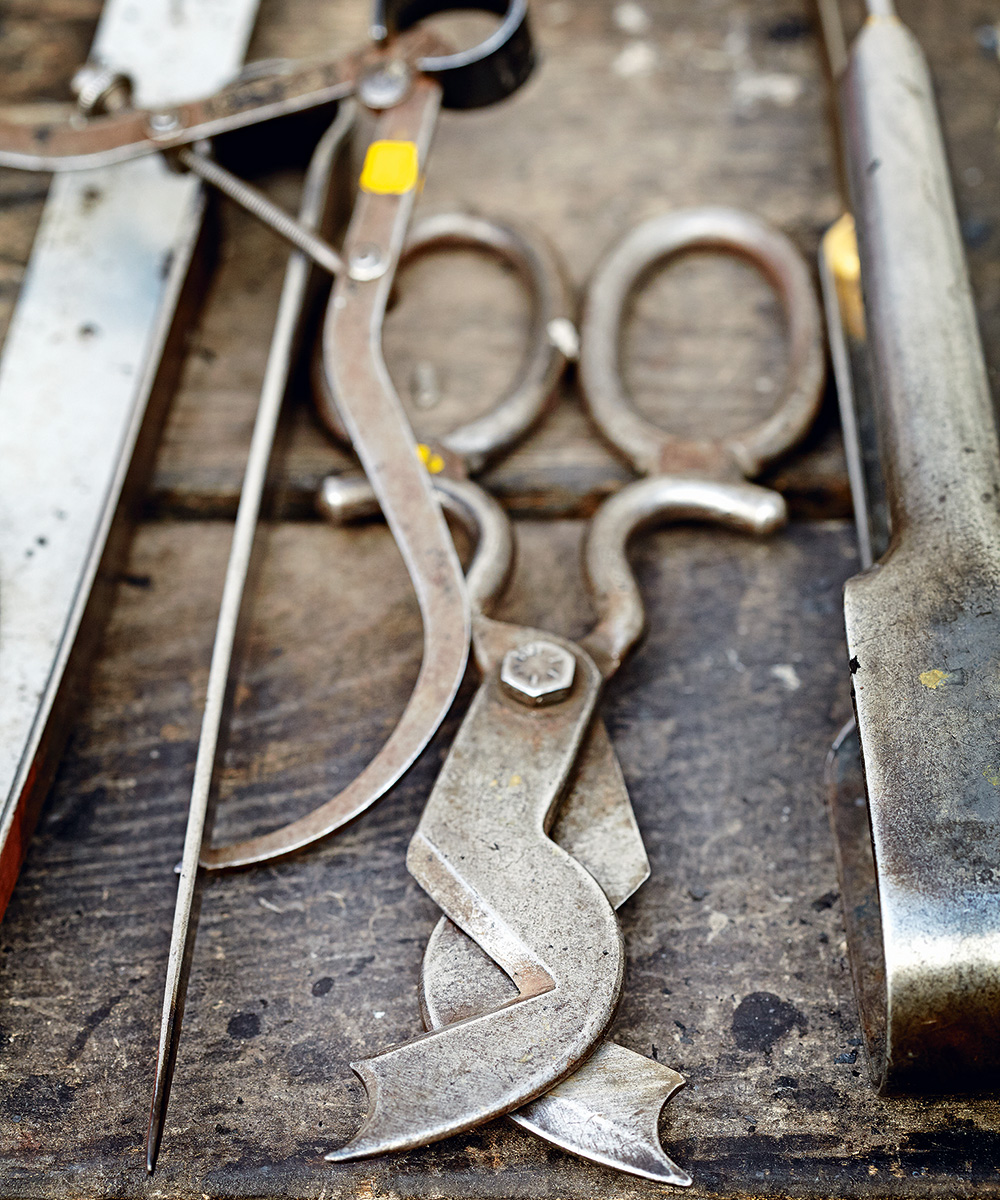
I carry drawing books for ideas and I'll often start a design by cutting big sheets of stiff paper to create the desired shape. The studio's furnace contains a crucible filled with molten glass. I gather it on the end of a long metal pipe, shape it with tools known as blocks and inflate the gob of glass by blowing air into the pipe. I reheat the gob, inflate it more, and begin to shape the bubble with various hand tools made of wood, metal or even pads of newspaper kept constantly wet. The vessel is continually heated and moulded in repetitive steps to obtain the desired shape before being transferred to a punty rod so it can be further opened and finished. It takes many years of practice to be able to make even the simplest objects well. The process requires hard work, concentration, strength and patience.
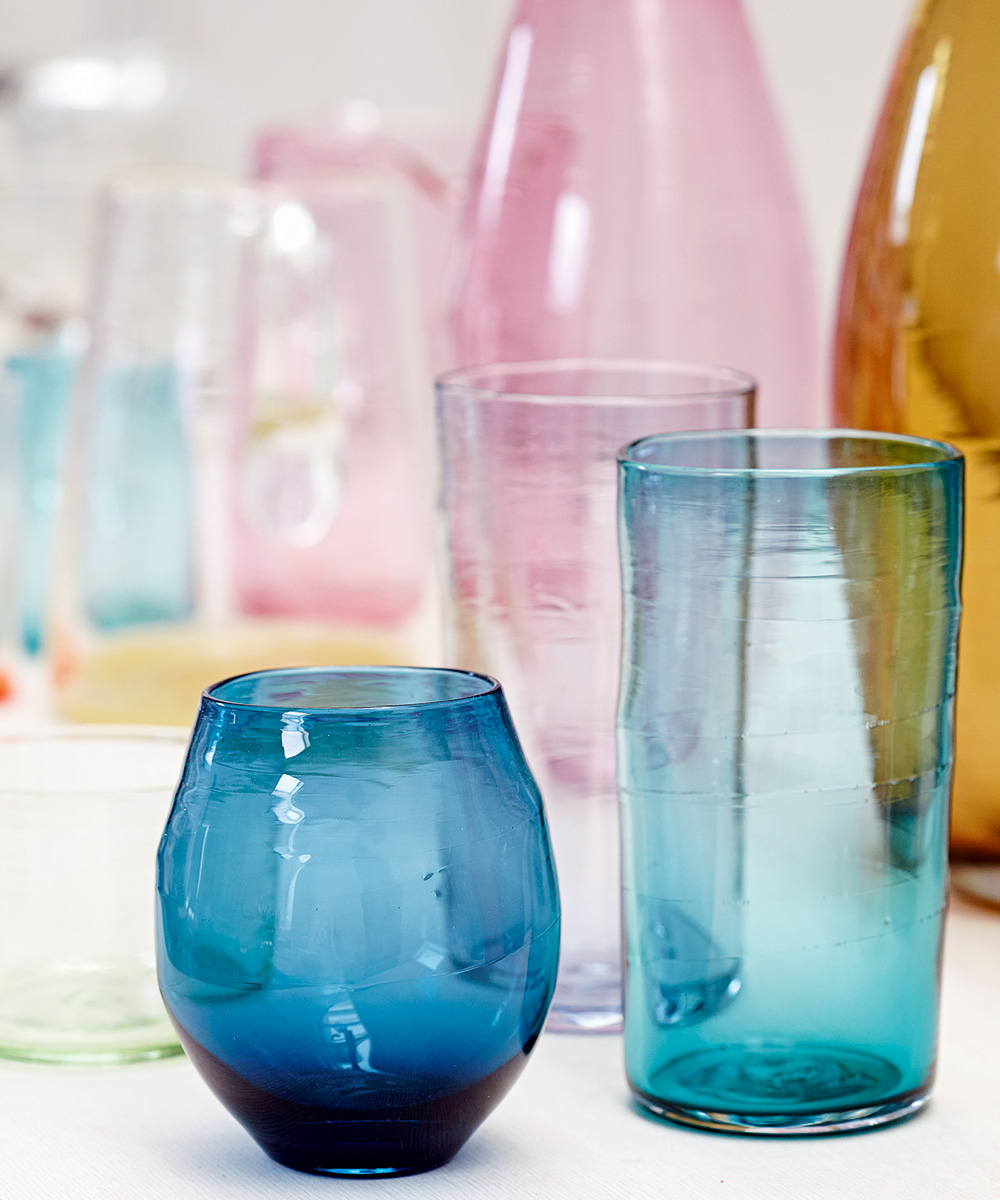
We are working on more product development, as it's an area we find really interesting. We've also been exploring lighting further - it would be great to start creating large-scale pieces as part of a collaboration. My dream is to conceive an environment with glass and lighting that leaves an impression on the viewer, just like the many geographical environments that have so inspired us.
Michael Ruh, michaelruh.com.
Photography/Alun Callender

Jennifer is the Digital Editor at Homes & Gardens. Having worked in the interiors industry for several years in both the US and UK, spanning many publications, she now hones her digital prowess on the 'best interiors website' in the world. Multi-skilled, Jennifer has worked in PR and marketing and occasionally dabbles in the social media, commercial, and the e-commerce space. Over the years, she has written about every area of the home, from compiling houses designed by some of the best interior designers in the world to sourcing celebrity homes, reviewing appliances, and even writing a few news stories or two.
-
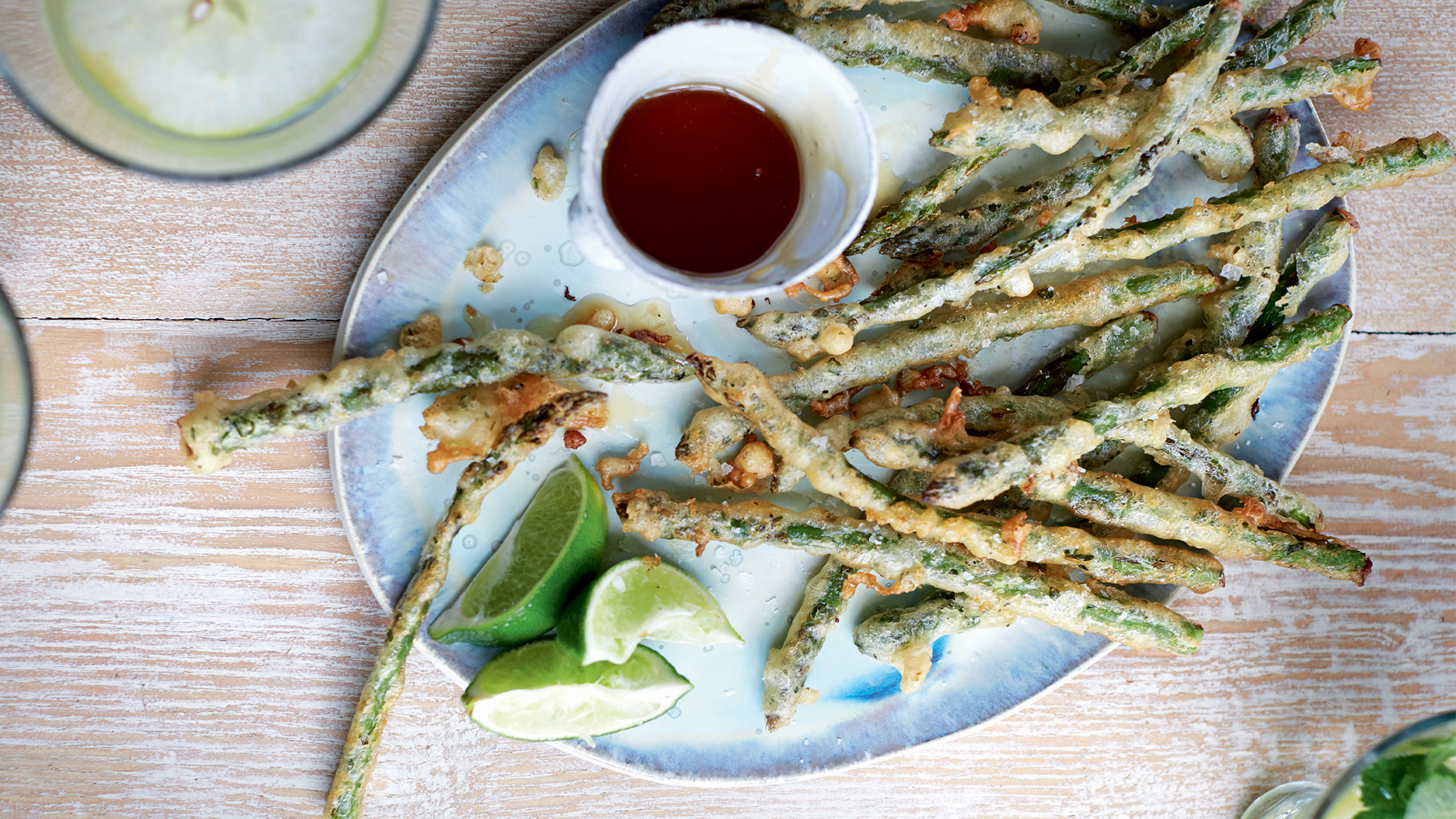 Crispy asparagus with honey
Crispy asparagus with honeyLight golden batter flavored with tarragon, lemon, and coriander makes this asparagus appetizer beautifully irresistible. The perfect spring hors d'oeuvre
By Alice Hart
-
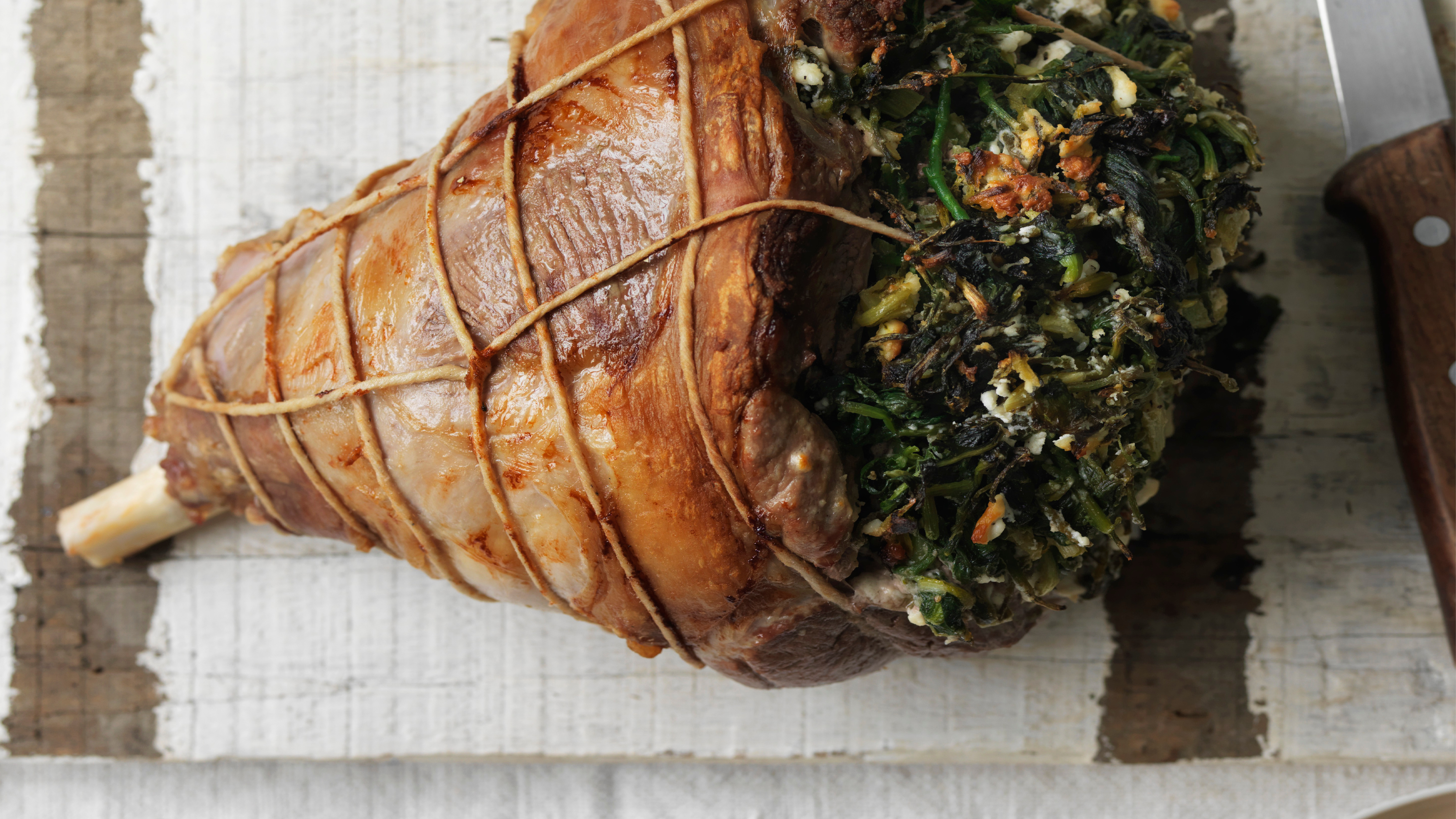 Lamb leg stuffed with horta and feta
Lamb leg stuffed with horta and fetaThis stuffed leg of lamb with greens and feta is a fresh take on a classic roast, perfect for Easter lunch with friends or family
By Alice Hart